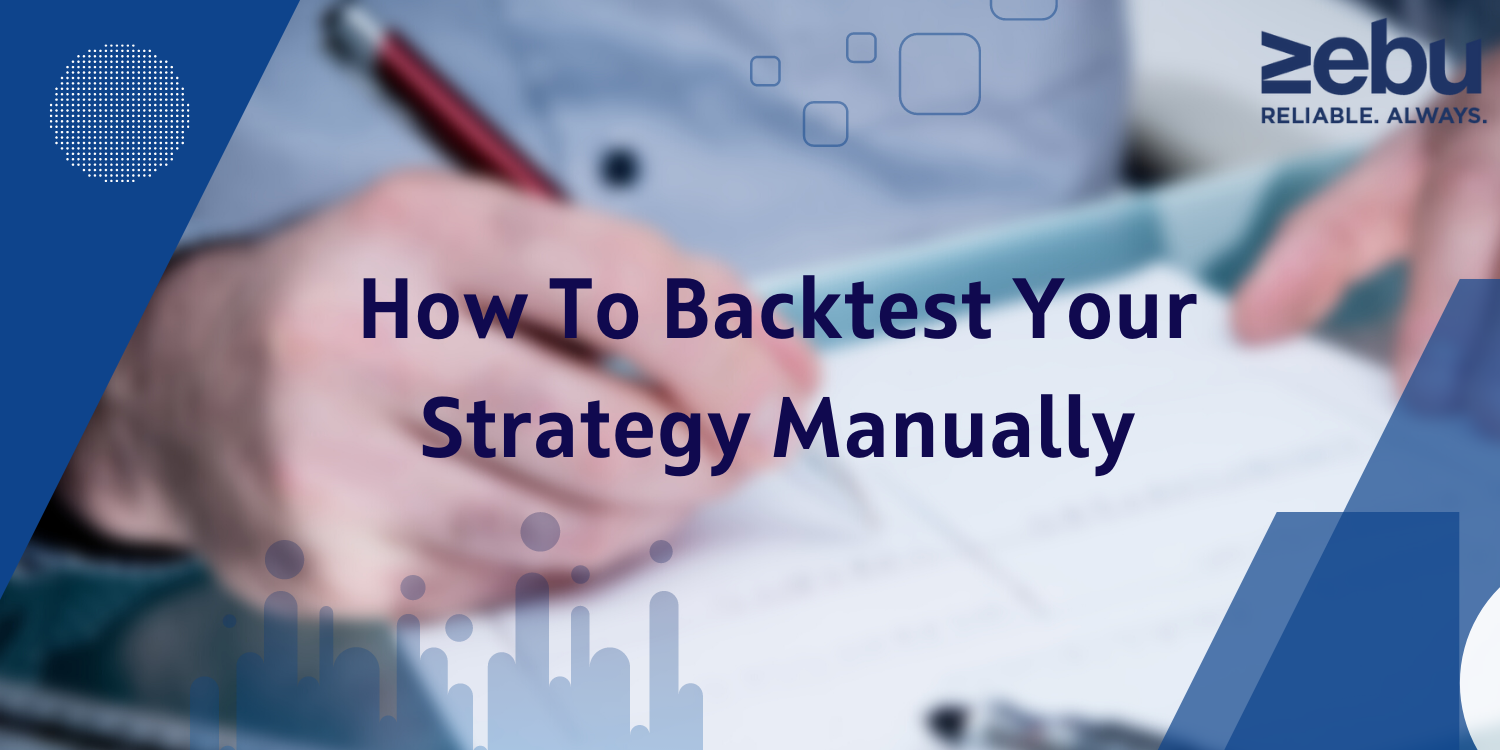
Commodity trading has a long history in India. The Bombay Cotton Trade was established in 1875, marking the first significant milestone. Then, in 1991, came the liberation policy, which boosted commodities trading. Futures were reintroduced in 1994 after being discontinued owing to war and food shortages. Agricultural goods were included as a result of the reintroduction.
Before we get into the benefits of trading in commodities we would like you to know that at Zebu, one of the fastest-growing brokerage firms in the country, we have created the best Indian trading platform with the lowest brokerage for intraday trading.
Commodities are traded on six markets in India.
They are as follows:
MCX stands for Multi Commodity Exchange.
NCDEX stands for National Commodity and Derivatives Exchange.
NMCE stands for National Multi Commodity Exchange.
ICEX stands for Indian Commodity Exchange.
ACE stands for Ace Derivatives Exchange.
UCX stands for Universal Commodity Exchange.
When it comes to market share, MCX has a 70 percent stake, NCDEX has a 25 percent share, and NMCE has a 5 percent share.
Here are a few benefits of commodity trading in India:
1. A Reliable Option in a Crisis
There aren’t many people interested in trading commodities. A trader, on the other hand, may consider investing in metals such as gold, silver, platinum, and other precious metals. In times of inflation and economic uncertainty, these provide security.
2. Diversification of your portfolio
If you’re an investor who already invests in equities and bonds, you might want to examine commodities as well. You can diversify your portfolio and develop a risk-adjusted strategy this way.
3. Transparent
Commodity trade has become more transparent in India because to online commodity trading. Price discovery is fair, and it is regulated by large-scale involvement. When there is such a large degree of engagement, it also aids in gauging the perception and outlook of commodity traders.
4. Possibility of High Returns
When it comes to commodities trading, there’s always the possibility that a trader will strike it rich. However, this is only achievable if a sound trading plan is in place.
5. Hedging
Hedging is the practice of managing price risks in the futures market by taking an equal and opposite position. Certain factors in commodity trading, such as natural disasters, economic crises, or war, might cause commodity prices to rise. These commodities can be used as a risk hedge.
6. Anti-inflationary protection
Commodity prices typically rise during periods of inflation. Investing in the right commodities will not only help you beat inflation but also help you make excellent profits.
7. Trading with a Smaller Margin
Commodity trading allows you to trade with a reduced margin of 5% -10%. You can take bigger positions with less capital if you have a lower margin.
8. There will be no cut-offs
Time decay is a constraint while trading Options. As the expiration date approaches, there is less time to cash in on the option financially. Time decay is not an issue in commodities futures because there is no expectation of a strike price at expiration.
As we mentioned before, trading strangles requires thebest Indian trading platform and the lowest brokerage for intraday trading. As one of the best brokerage firms in the country, we have created a powerful trading platform that makes analysis easy for you. To know more about its features, please get in touch with us now.








